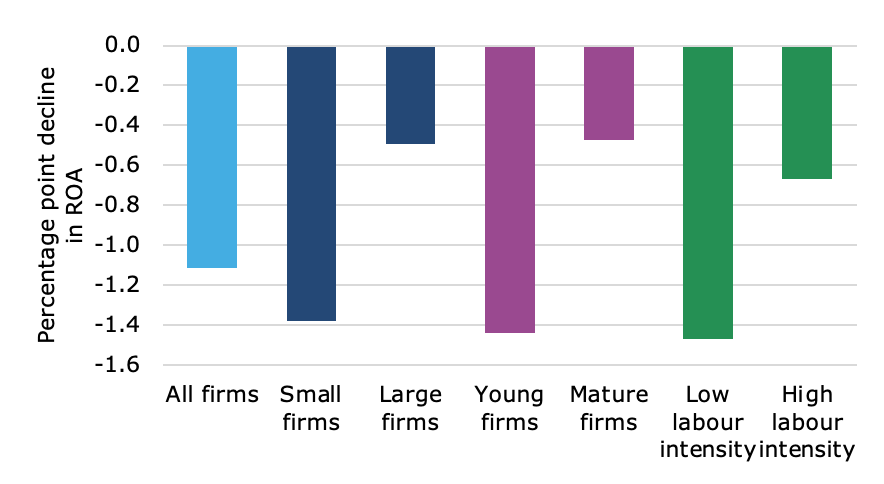Employee turnover is costly
When I look at companies from an ESG perspective, one of the key metrics I like to look at is employee turnover. Unfortunately, not all companies report this number and that is a shame because it is one of those metrics that are highly material to the bottom line of a company. Every business relies on the know-how and expertise of its employees. Every employee who leaves takes along some institutional memory and needs to be replaced with a person who needs to get familiar with the job and learn about existing processes, which person to ask for specific things, or simply where to find the right files on a computer or the right tools in a workshop. All of that takes time and lowers productivity, not to mention the cost of searching for qualified employees and hiring them.
A certain level of employee turnover is normal for every business and it depends on the nature of the business how high the natural rate of turnover is. For a coffee shop chain, it is probably much higher than for a professional services company or a mature industrial company. Nevertheless, if the company experiences a gradual increase in employee turnover, higher costs and lower profits aren’t far behind.
A study of 3,612 US companies has tried to measure how big the impact of higher employee turnover is on their profitability. Because most firms don’t disclose employee turnover, the researchers used data from social network sites like LinkedIn to identify workers that have lost their jobs and changed their employment status as a result. The size of the impact of higher turnover surprised even me.
The chart below shows the impact of a one percentage point increase in employee turnover on the profitability of the company (measured as return on assets) in the subsequent quarter. On average across all companies, a one percentage point increase in employee turnover reduced return on assets by 1.1% in the subsequent quarter.
Impact of a one percentage point increase in employee turnover on ROA next quarter
Source: Li et al. (2020).
The impact of an increase in employee turnover depends significantly on the type of business. Smaller companies suffer a decline in profitability that is almost three times as large as larger companies because they cannot compensate former employees that easily. Similarly, younger firms suffer more than more mature businesses with more established processes. And companies with lower labour intensity suffer more than companies with higher labour intensity. If the last one sounds counterintuitive, remember that companies with low labour intensity tend to be knowledge firms like tech companies, while companies with high labour intensity tend to be companies with a large number of lower skilled employees. And engineers are simply harder to replace than baristas (sorry, baristas).
Thus, if you read this and you are a professional analyst, please help us all by pushing the companies you invest in to publish employee turnover data at least on an annual basis. And if you read this and you are in charge of a business or work in the investor relations department of a business, then please aim to publish employee turnover data for your company on a regular basis. Your investors will thank you for it.




